
-
Feeling the Rainbow: LGBT Rights and Reforms
Read more: Feeling the Rainbow: LGBT Rights and Reformsby Senthorun Raj Do I feel proud? This was a question I reflected on recently while gathered with several sweaty […]

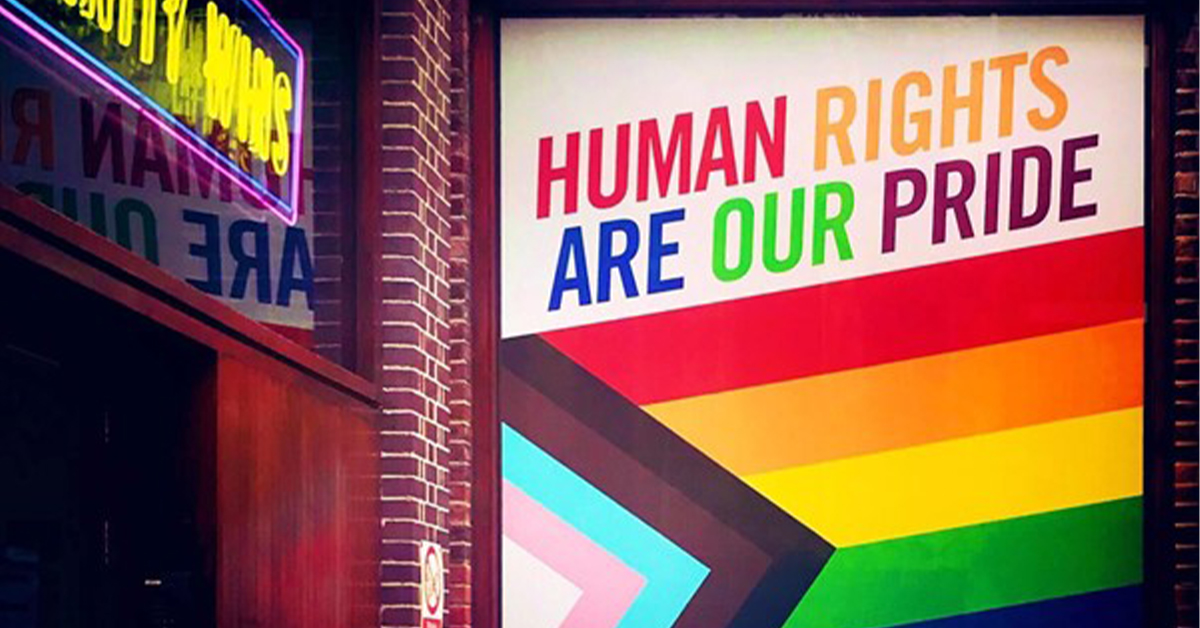
by Senthorun Raj Do I feel proud? This was a question I reflected on recently while gathered with several sweaty […]
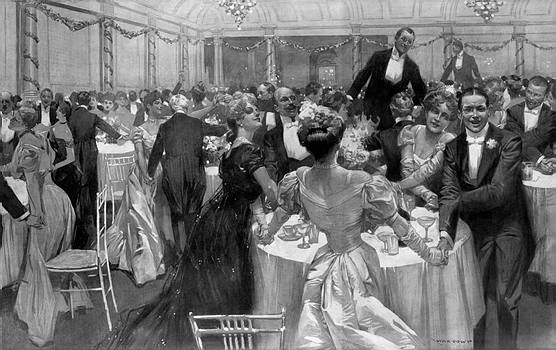
Tell us a bit about The Pilgrims Society and Public Diplomacy, 1895–1945 My book is about the Pilgrims Society, which is an elite dining club that was founded in London in 1902 and in New York in 1903. Not many…
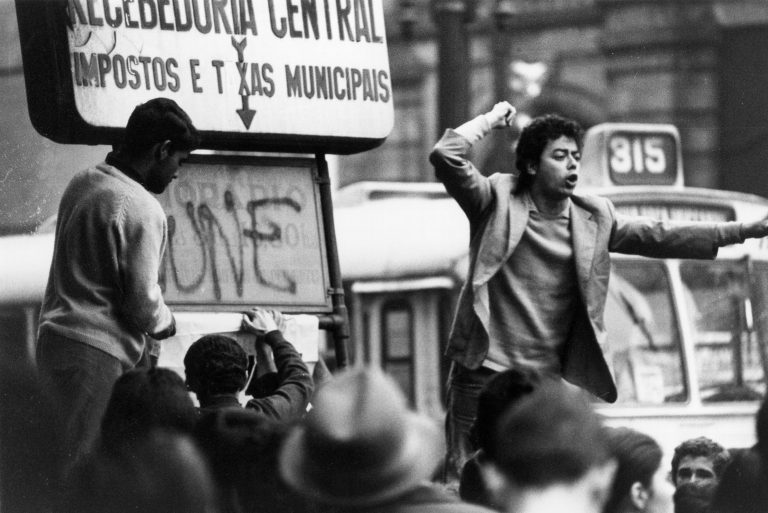
In Psychoanalysis and History, some of the leading contemporary academics working with psychoanalysis across several disciplines have taken time to consider the question – What Is the Future of Psychoanalysis in the Academy? – thus giving a timely survey of the status and possibilities…
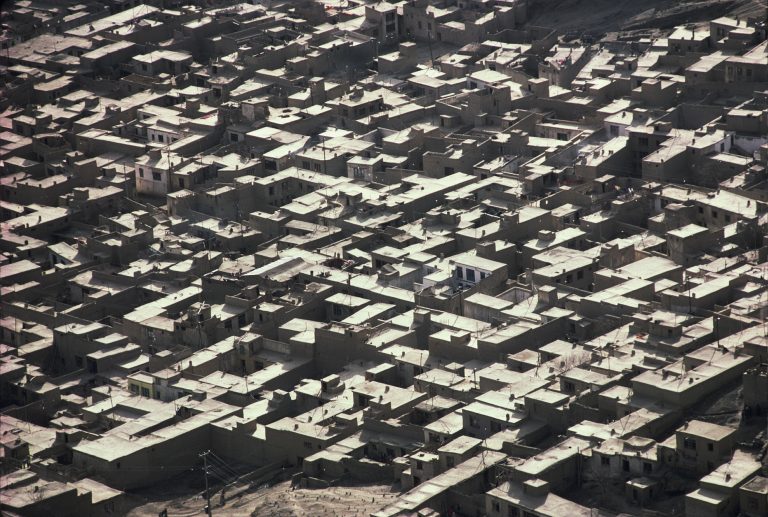
It is a pleasure to see the launch of the first issue of Afghanistan, a journal to showcase the country’s exceptional cultural diversity. It is the first scholarly journal devoted to the country since the demise of Afghan Studies in…
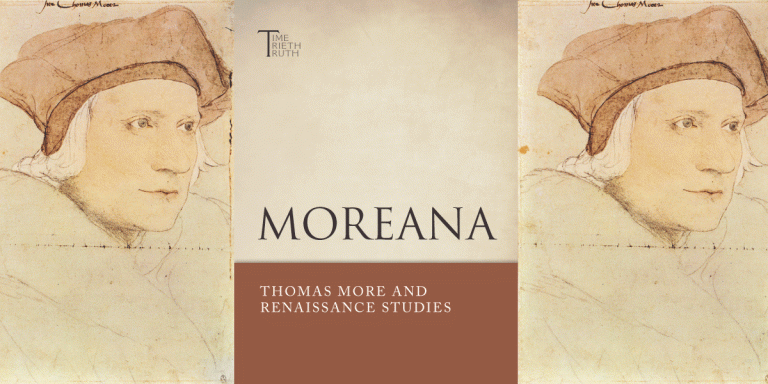
Sir Thomas More (1477 – 1535) was the first person to write of a ‘utopia’, a word used to describe a perfect imaginary world. The term was first published in 1516, and became the short title of his book about an…
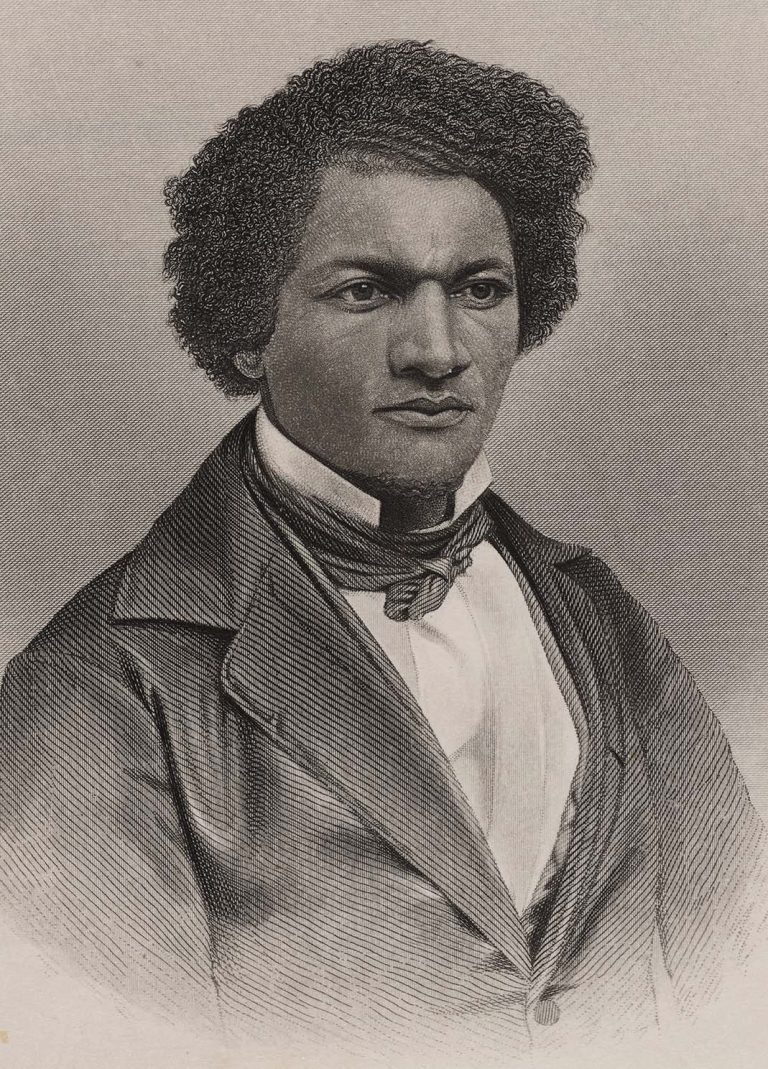
By Celeste-Marie Bernier and Andrew Taylor Frederick Douglass. Just the name alone is enough to inspire us to think of a life lived in activism and an unceasing fight for social justice. But there are other names in the life…
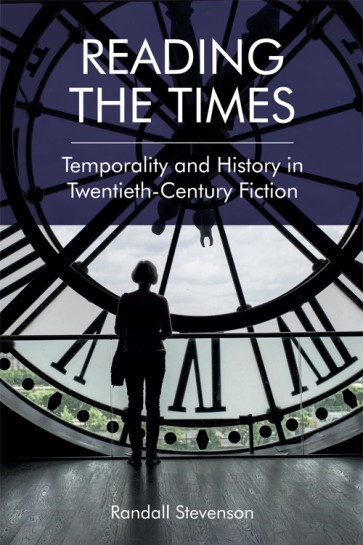
By Randall Stevenson On Bastille Day, 2000, why did 3 million people sit down to a picnic lunch along a line carefully set out across the whole of France, from north to south? Mostly, to remember and celebrate the Paris…
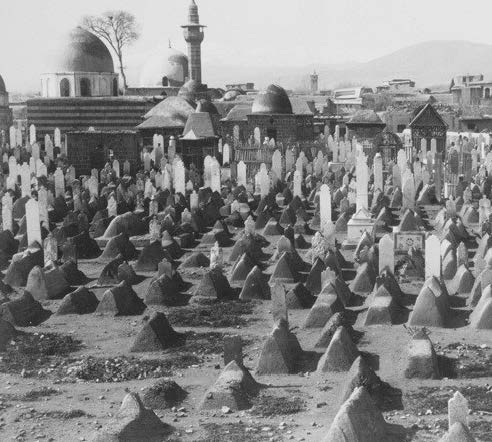
By Ondrej Beranek and Pavel Tupek 1) Over the past years and decades, various parts of the Islamic world – from Iraq, Syria, Mali and Tunisia, to Libya, Egypt, Saudi Arabia, Yemen and Bangladesh – have faced virulent attacks targeting…
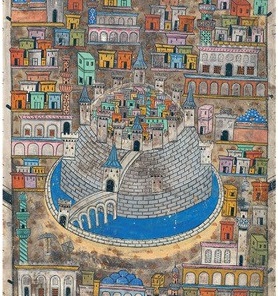
I was standing in a library aisle in the School of Oriental and African Studies, London, my neck craning to read titles dropping vertically down the spines of books. A familiar experience for many students, even if it is being…
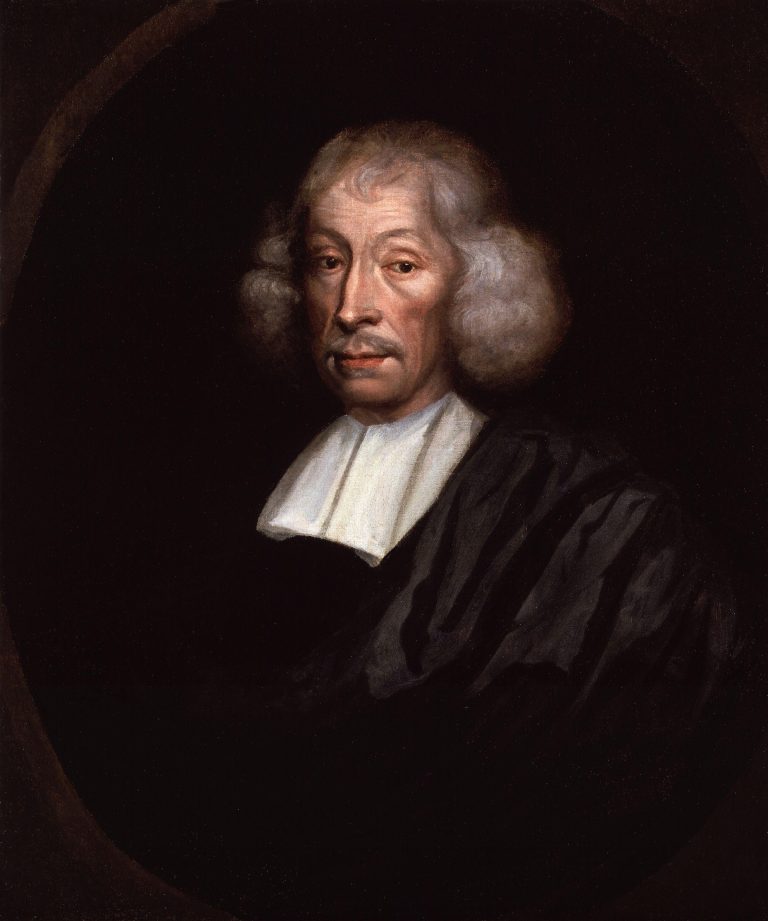
English naturalist John Ray was born in November 1627. Generally regarded as one of the earliest English parson-naturalists, he is credited as “the originator of the criterion of common parentage for conspecificity”. Ray wrote widely on botany, natural theology, taxonomy…